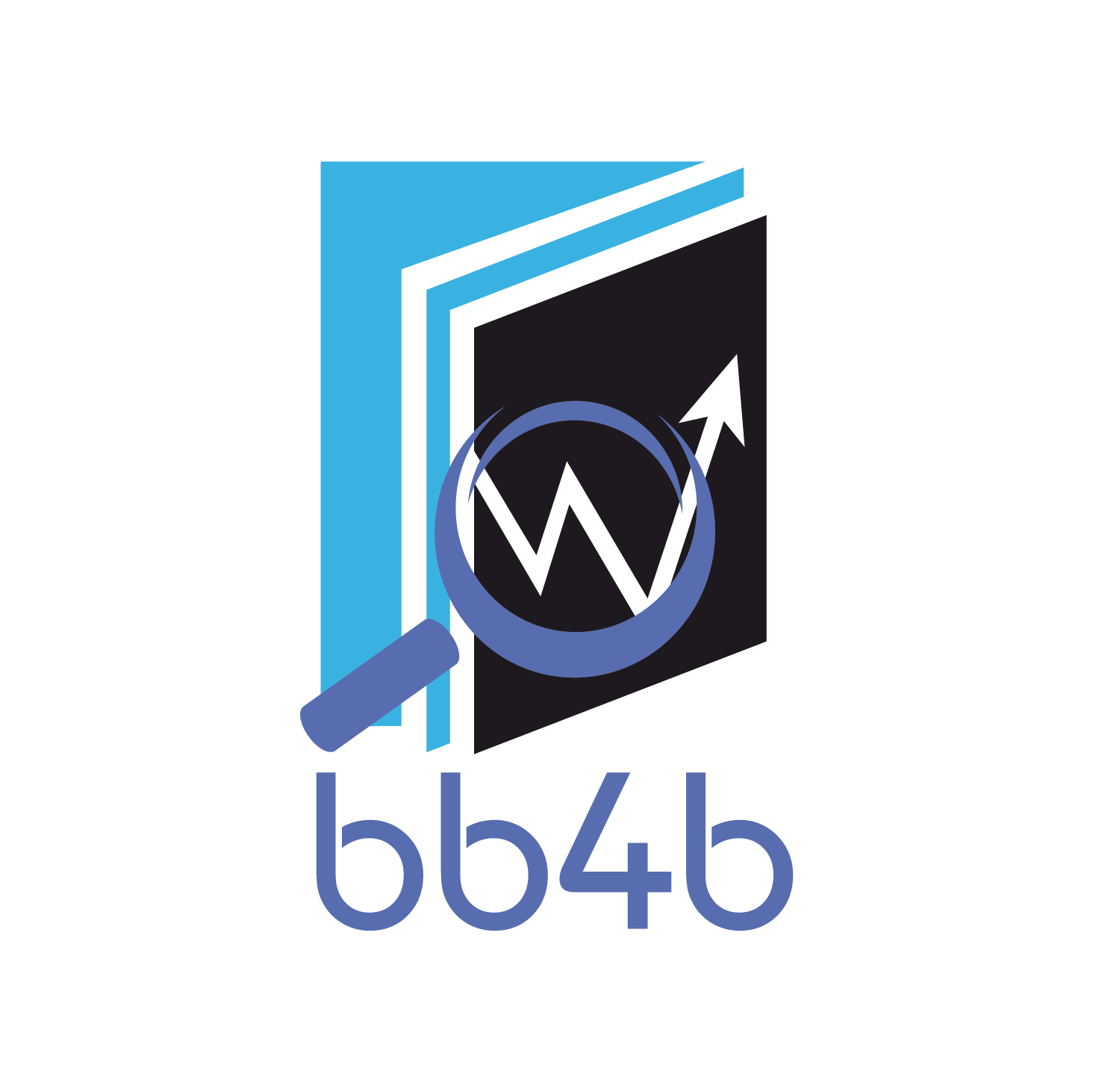STP 2 - Part 2
Introducing STP2 - Part 2
Reporting requirements under STP2
Now with STP2 businesses need to report:
- Salary sacrifice and deductions
- Bonuses and commissions;
- Allowances;
- Child support deductions
- Other Payments (including termination and overtime payments);
- Paid leave;
- Directors’ Fees
This is far more extensive.
Additional reporting requirements under STP2 are:
1. Employment Type
This was previously optional. Under STP2, reporting of employment type is mandated. Businesses need to state whether their employees are full-time, part-time or casual. This is in addition to new categories such as labour hire or volunteer.
2. Disaggregation of Gross
Income will no longer be reported as a gross sum. Instead each and every component needs to be itemised. This includes salary sacrifice, overtime, paid leave, bonuses, commissions, director’s fees and allowances. Under STP2, allowances must be individually itemised.
3. Country Codes
Businesses will need to provide details of the host country for Australian resident employees working overseas.
4. Allowances.
Businesses now need to report all allowances separately in their STP Phase 2 reports across most income types. This are not just expense allowances that may have been deductible on their employee’s individual income tax return. Allowances previously reported as gross must now be separately itemised and reported.
5. Paid Leave:
Businesses will now need to separately report the following leave payments made to your employees in your STP Phase 2 report:
- Leave – ancillary and defence leave (Type A):
- Leave – cash out of leave in service (Type C):
- Leave – paid parental leave (Type P):
- Leave – unused leave on termination (Type U):
- Leave – worker’s compensation (Type W):
- Leave – other paid leave (Type O):
6. Salary Sacrifice:
With STP2, businesses need to separately report salary sacrificed amounts.
There are two new types to report:
- superannuation (salary sacrifice type S)
- Other employee benefits (salary sacrifice type O) for benefits other than superannuation.
Reduced reporting requirements
1. Tax File Number Declarations
Information collected from TFN declarations – including the TFN itself, employment type and whether the employee has a HECS-HELP debt — is to be included in STP reports. The declaration itself will no longer need to be sent to the ATO.
2. Employee Separation Certificates
These certificates are no longer required. The reason why an employee has left the business will now be provided via STP2 reports.
3. Lump Sum E payments
Previously, if an employer made a payment owing from previous years a Lump Sum E letter would need to be provided to the employee. This information must now be included in STP2. Details of the payment is put in the employee’s income statement.
4. Child Support
Businesses will have the option to include child support garnishees and deductions in their STP report. This reduces the need to provide separate advice to the Child Support Registrar.
Now some businesses might see this over-reach and intrusive. Why does the ATO need to if one day in the pay period is annual leave, or if someone worked a couple of hours of overtime?
On the other hand, the system is designed to make it to understand different payment types for tax purposes and streamlines tax administration.
To help businesses make the transition, there won’t be penalties for genuine mistakes for the first year of STP2 reporting until 31 December 2022.
Make no mistake about it. Businesses need to get on top of this now. I am looking forward to working with clients to meet this challenge.



